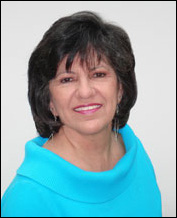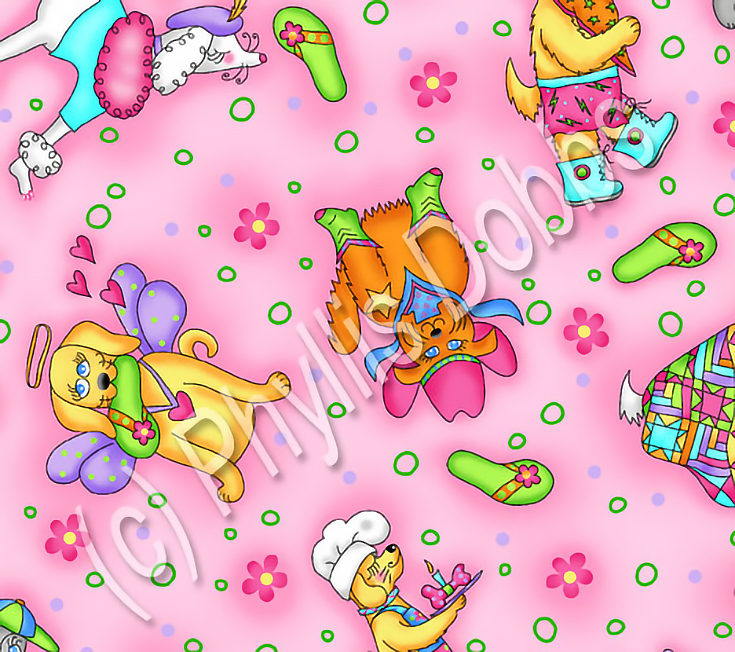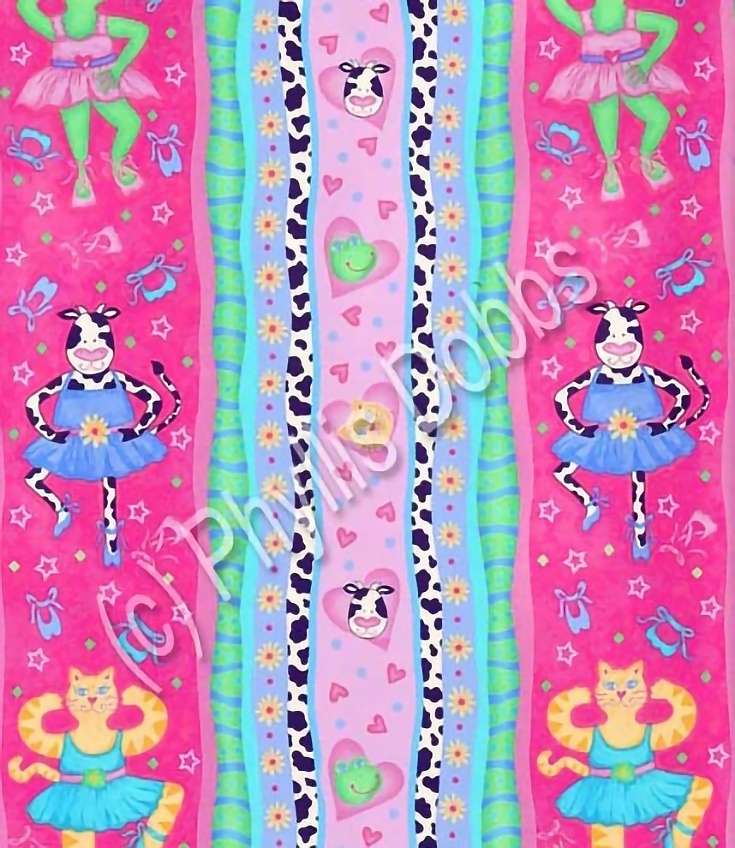 Phyllis Dobbs, freelance illustrator and artist, started her professional design career designing cross-stitch patterns nearly twenty years ago.
Phyllis Dobbs, freelance illustrator and artist, started her professional design career designing cross-stitch patterns nearly twenty years ago.
Over the years, her designs and patterns have been featured on several different product lines and in kits, books, and magazines. She graciously agreed to talk with us today about the ins-and-outs of art licensing.
Alyice: What prompted you to start licensing your work with companies?
Phyllis: I realized that by licensing my work, I can use the same design on multiple products, which in return gives my work more exposure.
I had a brief period where I created products to sell in arts and crafts shows, but making the products myself required a lot of time. After awhile, I realized that licensing and keeping the rights to my work allowed me the opportunity to use the same design without having to “reinvent the wheel” each time.
Alyice: How did you get started in the industry?
Phyllis: I started designing by self-publishing my cross-stitch designs. I created booklets, then moved on to designing quilt patterns. After designing and creating the art for my designs, I crossed over into the gift industry.
My first contract for licensing my art was for fabrics. Since I had a background in working with fabrics through quilt designing, I knew how a fabric collection had to work so I was able to present my art in the format for a collection.
Alyice: Did you join any associations?
Phyllis: Yes. I joined craft and designer associations. They were vital for networking and provided a wealth of education for running my business.
Alyice: So did the associations help you understand art licensing?
Phyllis: Yes and no.
When I decided to license my art for products, I read a lot of books on art licensing. Books like the Graphic Artist’s Guild Handbook and Licensing Art 101.
I walked some of the licensing shows (i.e. Surtex and the Licensing Show) to learn how these shows worked prior to exhibiting in them. After exhibiting, I learned who the agents were and who they represented. And I discovered that an agent needs to be a good fit personality-wise and with the style of art they represent.
Researching the companies to submit my art to was very important. I needed to learn which companies my art will fit with. For instance, a company with very traditional products doesn’t need whimsy art.
I started by looking in gift, garden and home decor stores. I turned over the products to look at the product tags to see who the manufacturers were, then I attended gift, quilt, and craft trade shows (this usually requires credentials for admittance) to find companies that my art will fit with.
There is so much involved with licensing that no artist should attempt to jump right in. For me, the road to licensing was gradual. I started out slowly and continued to learn and work at licensing.
Alyice: Can you tell us a little bit about the process of working with a company who licenses art from you?
Phyllis: Each company who licenses art works differently. Some companies do their own formatting of the art for their products, but most require the artist to do the formatting. Because of this requirement, it is vital that an artist who wants to get licensed understands how to use Photoshop and/or Illustrator.
Depending on the type of product, the company may want the art submitted digitally and in layers. Others may want the art flat. All images should be high resolution.
Alyice: What happens once the company you are licensing to agrees to your final artwork?
Phyllis: Once the final artwork is agreed on, the product goes into manufacturing. That’s when I review samples in the production process to be assured of quality.
Once the art goes to manufacturing, I help with the promotion. Sometimes I have personal appearances at trade and gift shows. Other times, I help approve advertising. I have even been on personal appearances at the International Quilt Market for my fabric company when I’ve debuted of new fabric collections.
Alyice: Before you go, can you tell us a faux pas or two you’ve experienced when negotiating contracts to license your work and the lessons you’ve learned?
Phyllis: I don’t have any yet. I’ve chosen good companies to work with and have taken great care to study contracts before signing them.
But I do have a bit of advice to share with your readers. . .
Art licensing looks simple and easy from the outside but it requires a lot of work, plenty of long hours and the ability to meet strict deadlines. It requires working when you don’t want to, researching the industry, and dealing with a lot of contracts.
As an artist interested in licensing, you should have a complete understanding of the copyright laws, an understanding of basic contracts, and how to negotiate those contracts. And when in doubt, you should know how to seek the advice of an intellectual attorney.
An understanding of the manufacturing process is also vital to the success of your art licensing business, but above all that, you must have talent and the ability to develop your own style.
To learn more about Phyllis, stop by her website at PhyllisDobbs.com.
This post may contain affiliate links.



